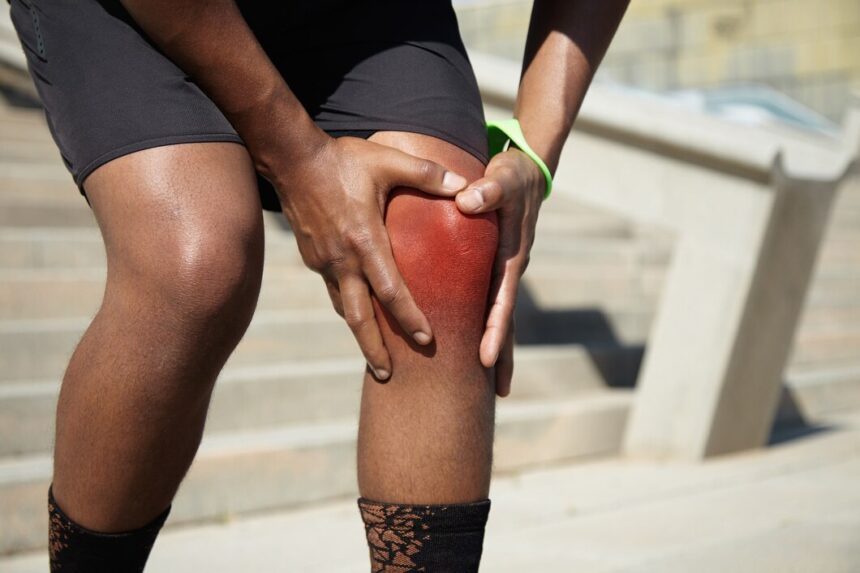Rheumatoid arthritis (RA) is an autoimmune disorder that primarily affects the joints, causing inflammation, pain, and potentially leading to joint damage and deformity if untreated. Recognizing the early signs and symptoms of RA is crucial for early diagnosis and effective management of the condition.
Understanding Rheumatoid Arthritis
RA occurs when the immune system mistakenly attacks the synovium, the lining of the membranes that surround the joints. This leads to inflammation that can eventually damage cartilage and bone within the joint. RA most commonly affects joints in the hands, wrists, and knees, but can also impact other organs and systems in the body.
Early Signs and Symptoms
- Joint Pain and Stiffness: Early symptoms often begin gradually and symmetrically, affecting joints on both sides of the body. Pain and stiffness are typically worse in the morning or after periods of inactivity. Joints may feel tender, warm, and swollen.
- Fatigue: Many people with RA experience overwhelming fatigue, often unrelated to physical activity or exertion. This persistent tiredness can affect daily functioning and quality of life.
- Swelling: Inflammation caused by RA can lead to noticeable swelling around affected joints. Swollen joints may appear larger than usual and feel warm to the touch.
- Morning Stiffness: Prolonged stiffness upon waking or after prolonged periods of rest is common in RA. This stiffness usually improves with gentle movement and activity.
- Reduced Range of Motion: As RA progresses, joint damage and inflammation can limit the ability to move joints normally. This reduced range of motion can affect everyday tasks such as bending, gripping, or walking.
- Numbness and Tingling: Some people with RA may experience sensations of numbness, tingling, or burning in the hands and feet, which can indicate nerve involvement.
- Fever: In some cases, RA can cause a low-grade fever that accompanies other symptoms during disease flares.
- Joint Deformities: Over time, untreated RA can lead to joint deformities and changes in the shape of the affected joints. This may result in difficulty using the hands or walking.
When to See a Doctor
Early diagnosis and treatment are crucial in managing RA and preventing joint damage. If you experience persistent joint pain, stiffness, swelling, or other symptoms mentioned above, it is advisable to consult a healthcare professional. Early intervention can help slow the progression of the disease and improve quality of life.
Diagnosis and Treatment
Diagnosing RA typically involves a combination of medical history, physical examination, blood tests to detect specific antibodies (such as rheumatoid factor and anti-cyclic citrullinated peptide antibodies), and imaging tests (like X-rays or ultrasound) to assess joint damage.
Treatment for RA aims to reduce inflammation, manage symptoms, prevent joint damage, and improve physical function. Treatment options may include:
- Medications: Nonsteroidal anti-inflammatory drugs (NSAIDs), disease-modifying antirheumatic drugs (DMARDs), and biologic agents can help manage inflammation and pain.
- Physical Therapy: Exercises and techniques prescribed by a physical therapist can help maintain joint flexibility and strength.
- Lifestyle Changes: Healthy lifestyle habits such as regular exercise, maintaining a balanced diet, and managing stress can help manage RA symptoms.
Recognizing the early signs and symptoms of rheumatoid arthritis is crucial for timely diagnosis and management. While RA is a chronic condition that requires ongoing care, early intervention with appropriate treatment can significantly improve outcomes and quality of life for individuals affected by this autoimmune disorder. If you suspect you or someone you know may have RA, seek medical advice promptly to begin necessary interventions and support. Early treatment can make a significant difference in managing the symptoms and progression of this complex condition.










